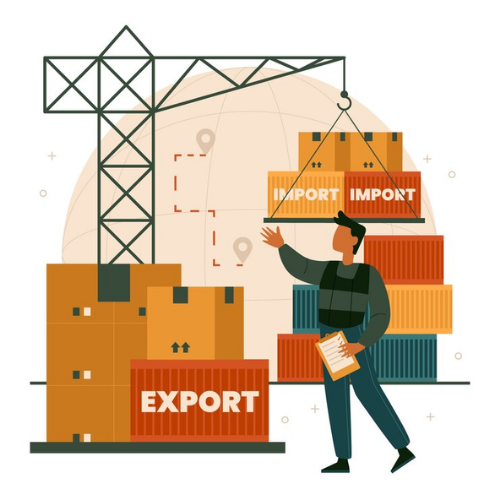GST vs. Other Tax Systems: Pros and Cons for Businesses
Explore the comparative analysis of Goods and Services Tax (GST) against other tax systems, uncovering the advantages and drawbacks for businesses. Gain insights into simplicity, compliance efficiency, input tax credit mechanisms, and more to make informed decisions in navigating taxation frameworks.

In the realm of taxation, businesses often find themselves grappling with various tax systems, each with its own set of rules, rates, and compliance requirements. One of the most significant shifts in recent years has been the adoption of Goods and Services Tax (GST) in many countries worldwide. However, how does GST stack up against other tax systems, and what are the implications for businesses? Let's delve into the pros and cons.
1. Simplicity vs. Complexity:
GST: One of the primary advantages of GST lies in its simplicity. It aims to streamline the taxation process by replacing multiple indirect taxes with a single tax. This consolidation reduces the compliance burden on businesses, especially those operating across state lines or internationally.
Other Tax Systems: In contrast, many other tax systems, such as Value Added Tax (VAT) or Sales Tax, may involve complex structures with varying rates and exemptions. Navigating these intricacies can be time-consuming and resource-intensive for businesses.
2. Input Tax Credit (ITC) Mechanism:
GST: One of the distinctive features of GST is the Input Tax Credit mechanism, which allows businesses to claim credit for taxes paid on inputs used in the production process. This system promotes efficiency and prevents cascading tax effects, ultimately benefiting businesses and consumers alike.
Other Tax Systems: While some other tax systems may offer deductions or exemptions for certain inputs, they may not provide as comprehensive a mechanism for claiming credits as GST does.
3. Compliance and Administration:
GST: With its online registration, return filing, and payment processes, GST aims to digitize and streamline tax administration. This digital infrastructure facilitates easier compliance for businesses and enables tax authorities to better track transactions, reducing the scope for tax evasion.
Other Tax Systems: Depending on the jurisdiction, other tax systems may have varying levels of digitization and administrative efficiency. Some may still rely heavily on manual processes, leading to delays and errors in compliance.
4. Tax Rates and Revenue Neutralization:
GST: The uniform tax rate structure under GST helps in creating a level playing field for businesses across sectors. Moreover, GST aims for revenue neutralization, ensuring that the overall tax burden remains similar to pre-GST levels, thereby minimizing disruptions to businesses.
Other Tax Systems: In contrast, other tax systems may have disparate tax rates across different products or services, leading to market distortions and administrative challenges for businesses.
5. Cross-Border Transactions:
GST: For businesses engaged in international trade, GST offers a more straightforward framework for dealing with cross-border transactions through mechanisms like the Integrated Goods and Services Tax (IGST) and zero-rated exports.
Other Tax Systems: In some cases, businesses operating in countries with different tax systems may encounter complexities in cross-border transactions due to varying tax rates, compliance requirements, and documentation procedures.
In conclusion, while GST offers several advantages over other tax systems in terms of simplicity, input tax credit mechanism, and compliance efficiency, it is essential to recognize that no tax system is without its drawbacks. Businesses must carefully assess the pros and cons of GST and other tax systems based on their specific operations, industry dynamics, and regulatory environment. Moreover, ongoing reforms and adaptations may further shape the landscape of taxation, necessitating continuous evaluation and adaptation by businesses to ensure compliance and competitiveness in the global marketplace.
Latest Updates
How to Register for GST in Multiple States
26 Dec 2025How to Register a Franchise Business
24 Dec 2025ca4filings.com Services




























-registration.png)



